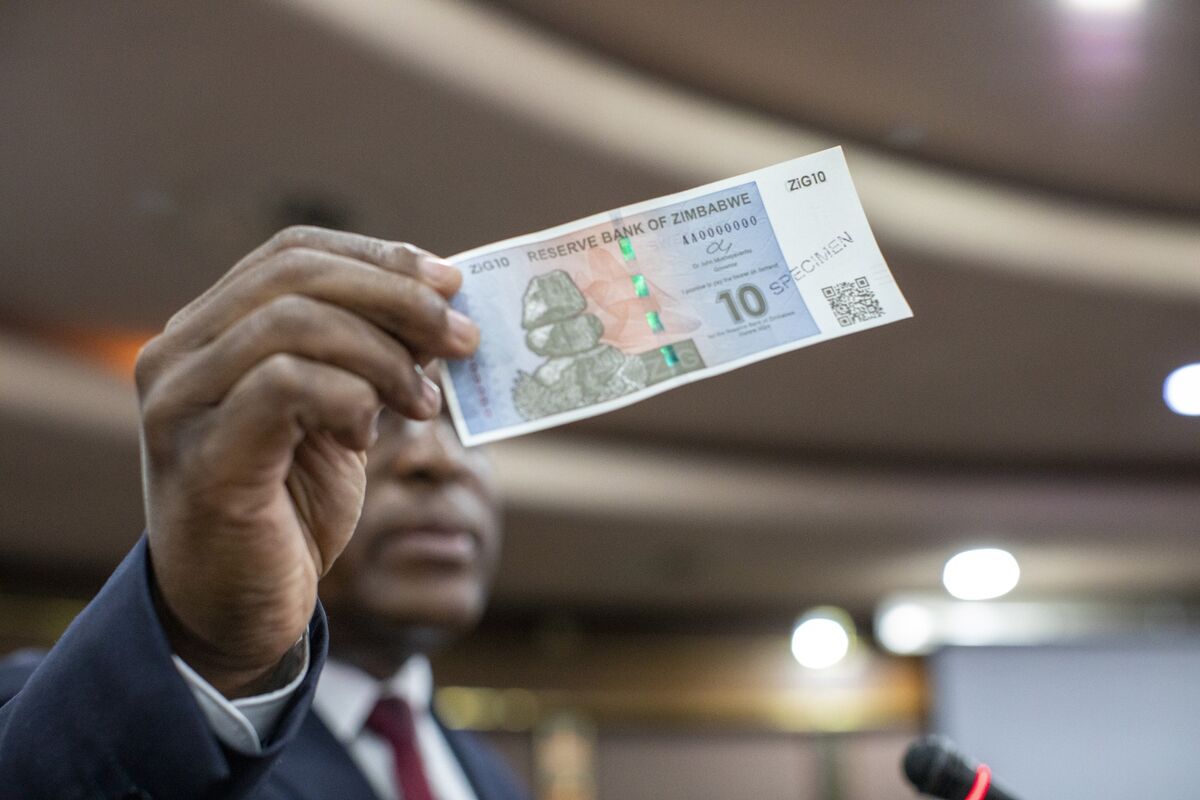by Dr Gift Mugano
Zimbabwe is in dire need of foreign direct investment (FDI) if it is going to address liquidity challenges, retool and generate exports. We are using the multiple currency regimes which the United States Dollar dominating the currency basket. Our getaway to getting cash injection is mainly through exports, aid, remittances and FDI. I found it fit to look at the trends of global FDI so that as a country we can see the state of affairs in the FDI flows on the global arena.Global FDI flows jumped by 38 per cent to $1,76 trillion, their highest level since the global economic and financial crisis of 2008-2009. A surge in cross-border mergers and acquisitions (M&As) to $721 billion, from $432 billion in 2014, was the principal factor behind the global rebound. Inward FDI flows to developed economies almost doubled to $962 billion. As a result, developed economies tipped the balance back in their favour with 55 percent of global FDI, up from 41 percent in 2014. Strong growth in inflows was reported in Europe. In the United States FDI almost quadrupled, albeit from a historically low level in 2014.
Developing economies saw their FDI inflows reach a new high of $765 billion, 9 percent higher than in 2014. Developing Asia, with FDI inflows surpassing half a trillion dollars, remained the largest FDI recipient region in the world. Flows to Africa and Latin America and the Caribbean faltered.
Outward FDI flows from developed economies jumped by 33 per cent to $1.1 trillion. The increase notwithstanding, their outward FDI remained 40 per cent short of its 2007 peak.
With flows of $576 billion, Europe became the world’s largest investing region. FDI by MNCs from North America stayed close to their 2014 levels.
Looking ahead, the United Nations Conference for Trade and Development (UNCTAD) notes that FDI flows are expected to decline by 10-15 per cent in 2016, reflecting the fragility of the global economy, persistent weakness of aggregate demand, sluggish growth in some commodity exporting countries, effective policy measures to curb tax inversion deals and a slump in Multi-National Corporations (MNCs) profits. Over the medium term, global FDI flows are projected to resume growth in 2017 and to surpass $1,8 trillion in 2018, reflecting an expected pick up in global growth.
Regional investment trends
FDI flows to Africa fell to $54 billion in 2015, a decrease of 7 percent over the previous year. An upturn in FDI into North Africa was more than offset by decreasing flows into Sub-Saharan Africa, especially to West and Central Africa.
Low commodity prices depressed FDI inflows in natural-resource-based economies. FDI inflows to Africa are expected to increase moderately in 2016 due to liberalisation measures and planned privatisations of state-owned enterprises.
Developing Asia saw FDI inflows increase by 16 percent to $541 billion – a new record. The significant growth was driven by the strong performance of East and South Asian economies. FDI inflows are expected to slow down in 2016 and revert to their 2014 level. Outflows from the region dropped by about 17 percent to $332 billion – the first decline since 2012.
FDI flows to Latin America and the Caribbean – excluding offshore financial centres – remained flat in 2015 at $168 billion.
Slowing domestic demand and worsening terms of trade caused by falling commodity prices hampered FDI mainly in South America.
In contrast, flows to Central America made gains in 2015 due to FDI in manufacturing. FDI flows to the region may slow down in 2016 as challenging macroeconomic conditions persist.
FDI flows to transition economies declined further, to levels last seen almost 10 years ago, owing to a combination of low commodity prices, weakening domestic markets and the impact of restrictive measures/geopolitical tensions.
Outward FDI from the region also slowed down, hindered by the reduced access to international capital markets. After the slump of 2015, FDI flows to transition economies are expected to increase modestly.
After three successive years of contraction, FDI inflows to developed countries bounced back sharply to the highest level since 2007. Exceptionally high cross-border M&A values among developed economies were the principal factor. Outward FDI from the group jumped.
FDI flows to structurally weak and vulnerable economies as a group increased moderately by 2 percent to $56 billion. Developing economies are now major sources of investments in all of these groupings.
Flows to least developed countries (LDCs) jumped by one third to $35 billion; landlocked developing countries (LLDCs) and small island developing States (SIDS) saw a decrease in their FDI inflows of 18 percent and 32 percent, respectively.
Divergent trends are also reflected in their FDI prospects for 2016. While LLDCs are expected to see increased inflows, overall FDI prospects for LDCs and SIDS are subdued.
Investment policy trends
Most new investment policy measures continue to be geared towards investment liberalisation and promotion. In 2015, 85 percent of measures were favourable to investors.
Emerging economies in Asia were most active in investment liberalisation, across a broad range of industries. Where new investment restrictions or regulations were introduced, these mainly reflected concerns about foreign ownership in strategic industries. A noteworthy feature in new measures was also the adoption or revision of investment laws, mainly in some African countries.
UNCTAD noted that national security considerations are an increasingly important factor in investment policies. Countries use different concepts of national security, allowing them to take into account key economic interests in the investment screening process. Governments’ space for applying national security regulations needs to be balanced with investors’ need for transparent and predictable procedures.
UNCTAD noted that governments need to work around investment facilitation from a policy perspective. According to UNCTAD, promoting and facilitating investment is crucial for the post-2015 development agenda. At the national level, UNCTAD observed that many countries have set up schemes to promote and facilitate investment, but most efforts relate to promotion (marketing a location and providing incentives) rather than facilitation (making it easier to invest).
To this end, UNCTAD produced a Global Action Menu for Investment Facilitation which provides policy options to improve transparency and information available to investors, ensure efficient and effective administrative procedures, and enhance predictability of the policy environment, among others.
Take away for Zimbabwe
For starters, Africa as a whole is receiving a paltry of global investments. To be quite specific, in 2015, Africa received 3 percent of the total global investments. What it means is that Zimbabwe has to compete with rest of the African states for the share of $54 billion coming to our continent. Already, Zimbabwe is receiving around 10 percent of the total FDI which other countries like Mozambique, Angola and Nigeria are receiving.
It means that we have to work hard to match with our peers with respect to the provision of necessary incentives and environment if we are to attract the same levels of FDI. Then, we have to provide a better business environment, better than our peers, if we are going to exceed them in attracting more FDI.
We are underutilising of assets in attracting FDI. We have a dollarised environment which should work to our advantage in attracting FDI since it is a stable currency. We have favourable geography in terms of location, mineral resources and climatic conditions which must work to our advantage. We have a rich human capital. I can go on and on. We must work on these areas of strength.
However, there are certain challenges we need to deal with head on like the need to develop credible polices, addressing corruption and the general political environment. What we need to keep in mind when we think of FDI is that capital is coward. It goes where it feels safe.
◆ Dr Mugano is an Economic Advisor, Author and Expert in Trade and Competitiveness. He is a Research Associate of Nelson Mandela Metropolitan University. Feedback: +263 772 541 209 or [email protected]






